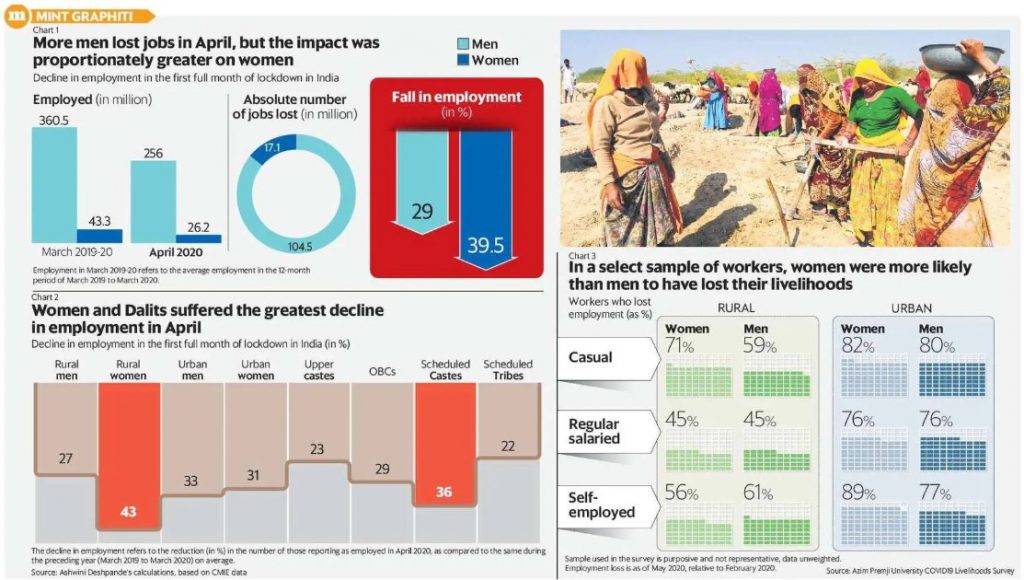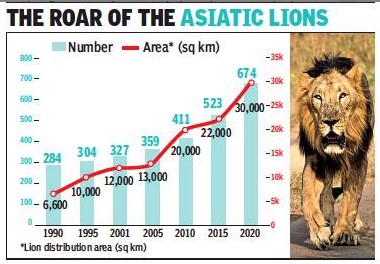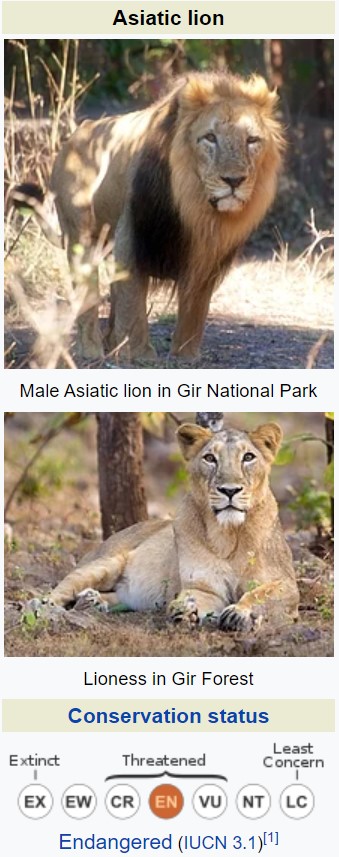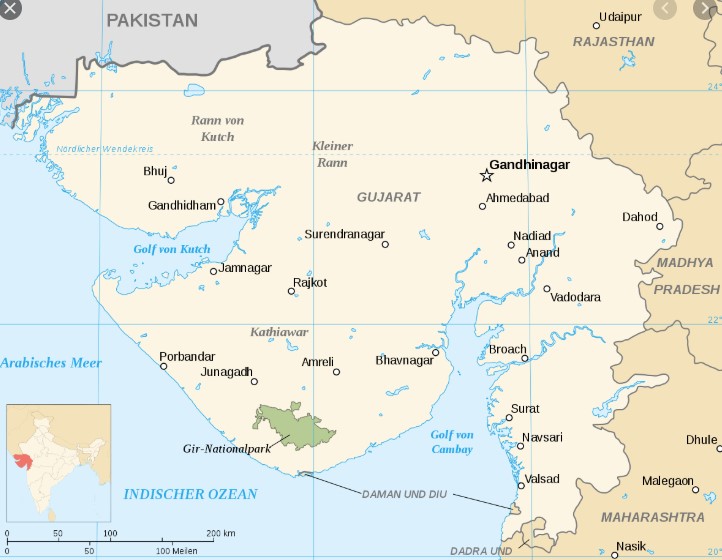Contents
- Lockdown Hit Women’s Jobs Most
- Lonar lake turns pink
- Gujarat’s Asiatic Lion numbers grow
- U.S. religious freedom report on CAA, NRC, J&K status
- QS World University Rankings, 2021
LOCKDOWN HIT WOMEN’S JOBS MOST
Focus: GS-II Social Justice
Why in news?
Given India’s record low female workforce participation rates, growing child-care demands, and now a looming recession- Studies show that women’s employment has fallen further after the restrictions were imposed.
Details

- The Centre for Monitoring Indian Economy CMIE data showed that job losses in the immediate aftermath month of the lockdown were significant.
- Far more men are in the paid workforce in India than women, and women’s participation in the paid labour force has been in steady decline.
- The number of men who reported themselves as employed dropped by almost 30% in that month compared to monthly average of past 12 months, while for women the change was much greater at almost 40%.
- This implies that even from an already low base, four out of every 10 women who were working during the last year lost their jobs during the lockdown.
- Rural women were hit the hardest of all, and the biggest relative decline in employment was among scheduled castes.
Grim future
- Given the increased burden of childcare in the coming months as most schools remain closed, women could see a longer impact.
- Studies found that a majority of women reported a loss in income-.
- More than 65% of the respondents reported an increase in unpaid work at home.
- More than 35% reported increased demands of child and elder care.
- Only a quarter reported any help from their spouses in household chores.
- Thus, for several women and Dalits, the choice seems to be between unemployment and jobs that put them at risk of disease and infection and make them targets of vicious stigma.
-Source: Livemint
LONAR LAKE TURNS PINK
Focus: GS-III Environment and Ecology, G-I Geography, Prelims
Why in news?
The 56,000-year-old Lonar crater sanctuary lake in Buldhana district has turned dark pink.
Lonar Lake is famous as the world’s Largest Basaltic Impact Crater.
Details
- Similar phenomenon of the water in the lake turning dark pink takes place in Umria lake in Iran.
- during dry seasons, water level goes down, thus increasing the salinity of water and making it warm too.
- This becomes the breeding ground for Dunaliella algae- which under such circumstance, turns red in colour.
- The halobacteria also uses a red pigment to absorb sunlight and convert it to energy.
Lonar Lake

- Lonar Lake, also known as Lonar crater is a saline, soda lake, located at Lonar in Buldhana district, Maharashtra.
- It is a notified National Geo-heritage Monument.
- Lonar Lake was created by an asteroid collision with earth impact during the Pleistocene Epoch.
- It is one of the four known, hyper-velocity, impact craters in basaltic rock anywhere on Earth.
- The other three basaltic impact structures are in southern Brazil.
Prelims bit: World’s largest Impact Crater
- The Vredefort crater is the largest verified impact crater on Earth.
- This crater was declared a UNESCO World Heritage Site in 2005.
- What remains of it is in the present-day Free State province of South Africa.
-Source: Times of India
GUJARAT’S ASIATIC LION NUMBERS GROW
Focus: GS-III Environment and Ecology, Prelims
Why in news?
Gujarat hosts Asiatic lions exclusively, and their numbers have now risen.
Details


- Once seen as threatened by extinction, the lion population has grown by almost 30% from the last count in 2015.
- Geographically, distribution area has increased by more ṭhan 35%.
- This improvement is powered by community participation, emphasis on technology, wildlife healthcare, proper habitat management and steps to minimise human-lion conflict.
Asiatic Lion

- The Asiatic lion (Panthera leo leo) current range is restricted to the Gir National Park and environs in the Indian state of Gujarat.
- On the IUCN Red List, it is listed under its former scientific name Panthera leo persica as Endangered because of its small population size and area of occupancy.
- The lion is one of five pantherine cats inhabiting India, along with the Bengal tiger, Indian leopard, snow leopard and clouded leopard.
Gir National Park

- In Saurashtra’s Gir Forest, an area was declared as a sanctuary for Asiatic lion conservation in 1965.
- This sanctuary and the surrounding areas are the only habitats supporting the Asiatic lion.
- After 1965, a national park was established where human activity is not allowed.
- In the surrounding sanctuary only Maldharis have the right to take their livestock for grazing.
- Lions inhabit remnant forest habitats in the two hill systems of Gir and Girnar that comprise Gujarat’s largest tracts of tropical and subtropical dry broadleaf forests, thorny forest and savanna, and provide valuable habitat for a diverse flora and fauna.
-Source: Hindustan Times
U.S. RELIGIOUS FREEDOM REPORT ON CAA, NRC, J&K STATUS
Focus: GS-II Social Justice
Why in news?
The U.S. State Department has released its annual International Religious Freedom (IRF) Report, a survey of the state of religious freedom across the world.
Details
- The country report for India, which looks back on the developments in 2019, takes note of the change in the status of Jammu and Kashmir, the Citizenship (Amendment) Act (CAA) and the National Register of Citizens (NRC).
- It discusses in detail mob lynchings, “cow-vigilantism” and anti-conversion laws and related issues.
- The U.S. Commission on International Religious Freedom (USCIRF) has downgraded India to the lowest ranking, “countries of particular concern” (CPC) in its 2020 report.
USCIRF
- The United States Commission on International Religious Freedom (USCIRF) is a U.S. federal government commission created by the International Religious Freedom Act (IRFA) of 1998.
- USCIRF Commissioners are appointed by the President and the leadership of both political parties in the Senate and the House of Representatives.
- USCIRF’s principal responsibilities are to review the facts and circumstances of violations of religious freedom internationally and to make policy recommendations to the President, the Secretary of State, and the Congress.
- In practice, the USCIRF has little teeth in implementation, but acts as a conscience-keeper for the two branches in the US government – the legislature and the executive.
- The USCIRF is mandated to “monitor the universal right to freedom of religion or belief abroad — however, NOT in the U.S.
International Religious Freedom report
- USCIRF releases International Religious Freedom report annually.
- The Report consists of country-wise chapters.
- This report includes policy recommendations to the U.S. government based on the report’s evaluation of the facts and circumstances of religious freedom violations worldwide.
-Source: The Hindu
QS WORLD UNIVERSITY RANKINGS, 2021
Focus: GS-II Governance
Why in news?
(Quacquarelli Symonds) QS World University Rankings 2021 was released which shows a decline in the rankings of the Indian Institutes of Technology (IITs) and the Indian Institute of Science (IISc).
Details
- Only three educational institutes from India, the IIT Bombay (172), IISc Bengaluru (185) and IIT Delhi (193) feature in the top 200 list.
- Despite the Centre’s flagship Institutes of Eminence (IoE) scheme to boost the Indian presence in these global rankings, the total number of Indian institutions in the top 1,000 global list has fallen from 24 to 21.
- Out of the six parameters, Indian institutions get zero scores on the ratio of international faculty and students while scoring well on research impact, measured through citations per faculty.
- India also scores poorly on faculty-student ratio because of counting only full-time faculty whereas American universities include PhD students who are teaching or are research assistants.
How are universities ranked in QS World Rankings?
The methodology used six indicators to determine the institutions’ rankings — academic reputation (40%), employer reputation (10%), faculty-student ratio (20%), citations per faculty (20%), proportion of international students (5%) and proportion of international faculty (5%).
Institutions of Eminence Scheme
- Institutions of Eminence Scheme is a government’s scheme to provide the regulatory architecture for setting up or upgrading of 20 Institutions (10 from public sector and 10 from the private sector) as world-class teaching and research institutions called ‘Institutions of Eminence’.
- Institutes with IoE tag will be given greater autonomy and freedom to decide fees, course durations and governance structures.
- The public institutions under IoE tag will receive a government grant of Rs 1,000 crore, while the private institutions will not get any funding under the scheme.
-Source: The Hindu



